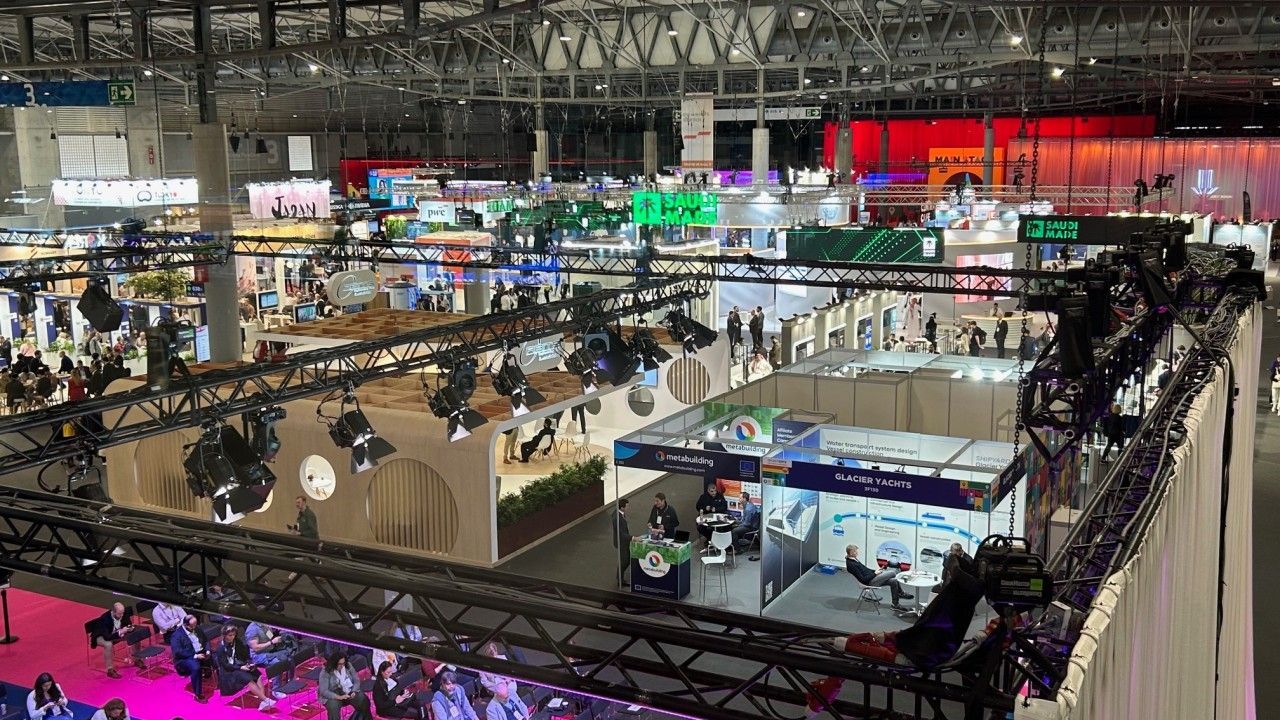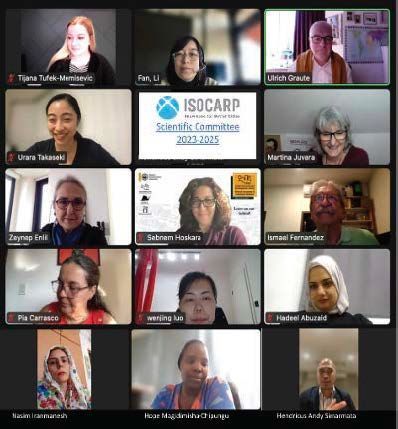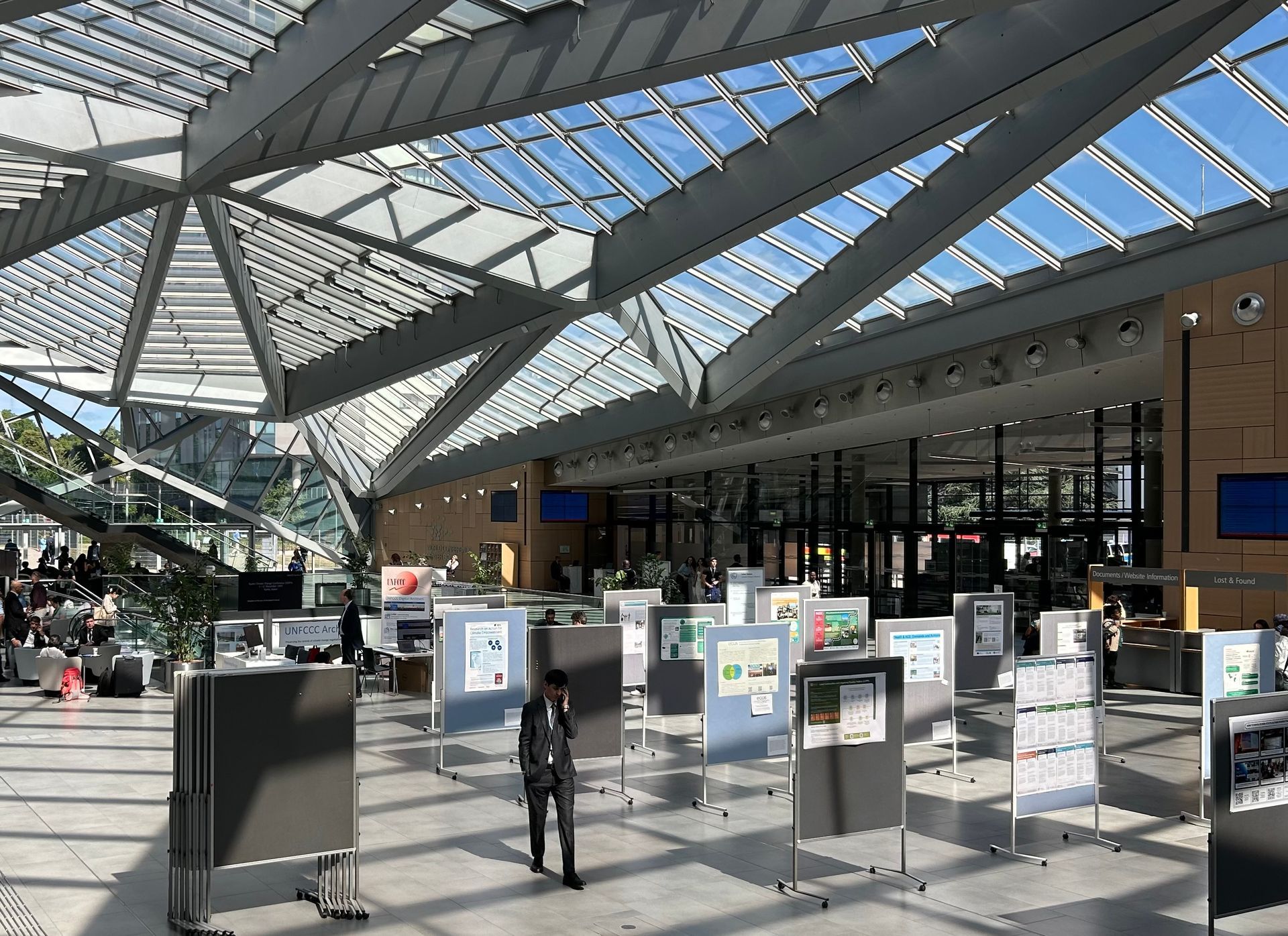The Russian-Ukrainian crisis has many implications across Ukraine and Europe ... and the recovery from it should include a review of EU Cohesion Policy
In the middle of the night begins the new day
Primarily, what is happening in Ukraine is a violation of international law and as of today (23/2/22) it may easily turn into a major fratricidal warfare with far reaching consequences for the entire continent. However, it would be wrong to think that this is the moment for military strategists and warfare only. Diplomacy too has to reboot its activities and in addition this is an important moment to review and prepare EU policies like the EU Cohesion Policy for the future. We (that means everybody including urban and regional development experts) should begin now in this dark hour to prepare a possible recovery from crisis on a new day.
The inward-looking EU Cohesion Policy is ignoring interrelations and interdependencies in the wider Europe and generates blind spots in itself
The regional policy of the European Union (EU), also referred as Cohesion Policy, contributes to strengthening economic, social and territorial cohesion in the European Union. This internal policy aims to correct imbalances between countries and regions. It delivers on the Union's political priorities, especially the green and digital transition.[1]
Well, but why should this policy aiming at cohesion inside the European Union be reviewed in reference to a war which began already in 2013 in Eastern Ukraine, i.e. outside of the Union?
The answer is not only linked to Ukraine. It can be learned also from climate crises (Paris Agreement) or from the United Nations 2030 Agenda with its 17 Sustainable Development Goals: There is no single country and certainly no regional group which can exist on its own. And the European Union is certainly no block surrounded by cliffs separating it from its neighbours. In addition, there are a lot of development challenges interrelated and interdependent across border of sectors and countries. Therefore, these challenges need to be addressed in a coordinated and integrated way. Countries need to look beyond their own borders. While this is agreed in principle by EU member states it is rather old fashioned how the EU compartmentalized politics and applies a strong if not strictly inward-looking approach in its EU Cohesion Policy and Report.
Of course, it has to be acknowledged that EU member states have their own foreign policies and cooperation and that the Union is in the process of developing a common foreign policy. In addition, for cooperation with its neighbours the EU has developed already years ago the European Neighbourhood Policy (ENP)[2]. ENP was launched in 2004 to support and foster stability, security and prosperity in the EU`s neighbourhood. Cohesion Policy and ENP run in parallel but that seems to generate blind spots.
[1] https://ec.europa.eu/regional_policy/en/2021_2027/
[2] https://ec.europa.eu/environment/international_issues/eu_neighbourhood_en.htm

The blind spot of the EU Cohesion Policy and Report
In February 2022 the European Commission launched the 8th Cohesion Report on economic, social and territorial cohesion. It
“presents the main changes in territorial disparities over the past decade and how policies have affected these disparities. It highlights the potential of the green and digital transitions as new drivers of EU growth, but argues that without appropriate policy action new economic, social and territorial disparities may appear.” (From the introduction of the Cohesion Report)
No doubt, the report is an important flagship report for internal policy development and a reference document for the allocation of the Cohesion Fund’s EUR 392 billion budget.
The problem with the Report begins already with the title ‘Cohesion in Europe towards 2050’[3]. It refers to Europe without a geographic distinction but in the report the focus is exclusively on cohesion in the EU. The report is blind towards the rest of Europe including its Eastern neighbours. In spite of Ukraine’s population of 44,13 million inhabitants (2020), a Gross National Product of 155,6 billion USD (2020) and although Ukraine borders four EU member states the country is not mentioned at all in the entire report. The same is true for Belarus, Moldova and Georgia, three other countries of the EU’s Eastern Partnership. The reality looks different. For instance, Germany is not bordering any of them directly but just go to an interstate like the A2 linking Berlin with the Ruhr Area and you can see how many trucks from Ukraine and Belarus transport goods from and to the EU. Nonetheless, the Cohesion Report pretends as if there would be a cliff separating the Union from its neighbours and that they don’t matter for EU cohesion.
Experts may want to correct me at this point by indicating the European Territorial Cooperation (ETC) programmes which are part of the Cohesion policy and which include provisions for at least a limited cooperation with Eastern neighbours. Yes, they exist but they are administratively more complex and have smaller budgets than initiatives within the Union only.
The main deficit that there seems to be in current Cohesion Policy is that is doesn’t have the full mindset and therefore, the new Cohesion Report of the European Union doesn’t promote the mindset that Eastern neighbours are in any way relevant for economic, social and territorial cohesion of the EU.
No surprise, now it hits many by surprise that the escalating conflict in Ukraine and its fallout (political and economic costs, large numbers of refugees etc.) could disrupt life and politics and eventually even cohesion within the EU. The truth is, neighbours matter when it comes to cohesion.
[3] https://ec.europa.eu/regional_policy/sources/docoffic/official/reports/cohesion8/8cr.pdf

Forward-looking remarks
It is understandable and therefore not questioned by this post that EU Cohesion Policy as an internal policy and its Cohesion Reports have a predominately inward-looking focus. However, in view of international interrelations and interdependencies Cohesion Policy including ETC should be reviewed aiming at strengthening Cohesion Policy, including urban and regional cooperation. The EU should begin with this process now in parallel to the conflict to be ready to act when the current military confrontation comes to an end and new needs and opportunities for cooperation e.g. in relation to climate crises and sustainability appear.
First and most importantly, EU Cohesion Policy and European Neighbourhood Policy need to be better integrated to cover interrelations and interdependencies. In doing this, the Cohesion Report of the European Commission should be amended by a neighbourhood dimension. It needs to be better understood what are the strengths, weaknesses, challenges and opportunities of cooperation with all its neighbours from the UK to Ukraine and with respect to cohesion of the EU itself. Certainly, it would be a mistake to build this neighbourhood dimension mainly on the comparison of economic indicators like the GDP. Economic, social and territorial cohesion should be all analyzed in a way that also considers relevant interrelations and interdependencies between EU and neighbouring countries.
Secondly, it would be also important to value the importance of political, cultural and environmental cooperation for cohesion in the EU and the wider Europe. Another 44 million European living in a non-democratic, economically weak and environmentally damaged country cannot be in the interest of the EU and could also become a challenge for coherence in the EU.
Thirdly, based on the amended dimension of Cohesion Policy existing financial interventions supporting a cooperation between partners from EU and neighbouring countries should receive more attention and, as appropriate, should receive more funding.
Fourthly, cities and regions inside and outside of the Union should be encouraged to intensify their exchange and cooperation. Advisory services, peer to peer learning and joint search for common solutions to mitigate climate change and to generate sustainability could help to reduce the gaps between EU and its neighbours (grinding the cliff) and strengthening cohesion in all Europe towards 2050 and beyond.
Cooperation between EU member states and neighbouring countries are not just a decorative complement to EU policies. Instead, they are part of the enabling environment to foster cohesion within the EU and the wider Europe. Of course, in all related activities it’s important that partners from EU and neighbouring partners work on eye level to allow true partnership and to increase the sentiment of cohesion. Last but not least, the EU Cohesion Report should reflect how EU Cohesion is embedded in the necessary cohesion of the wider Europe.
Note: Having worked since the German unification process in 1989 on cooperation across borders of countries and policy sectors including urban and regional planning I am interested in further working on the above subject e.g. in form of consultancies.
Policies and Governance for Resilient and Sustainable Cities and Regions









